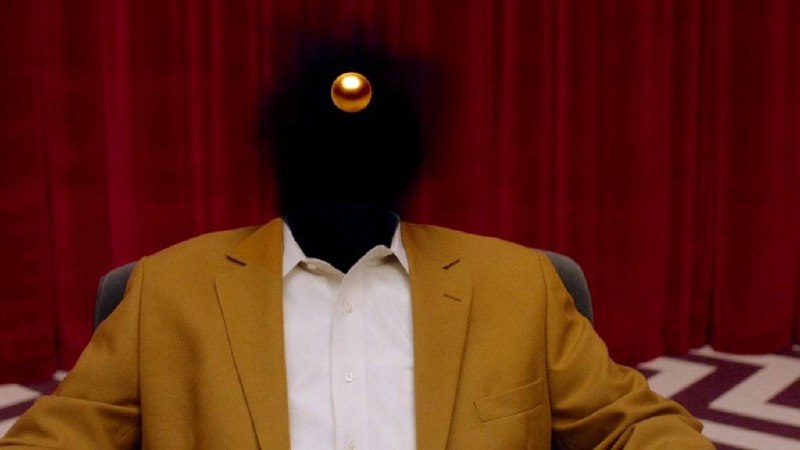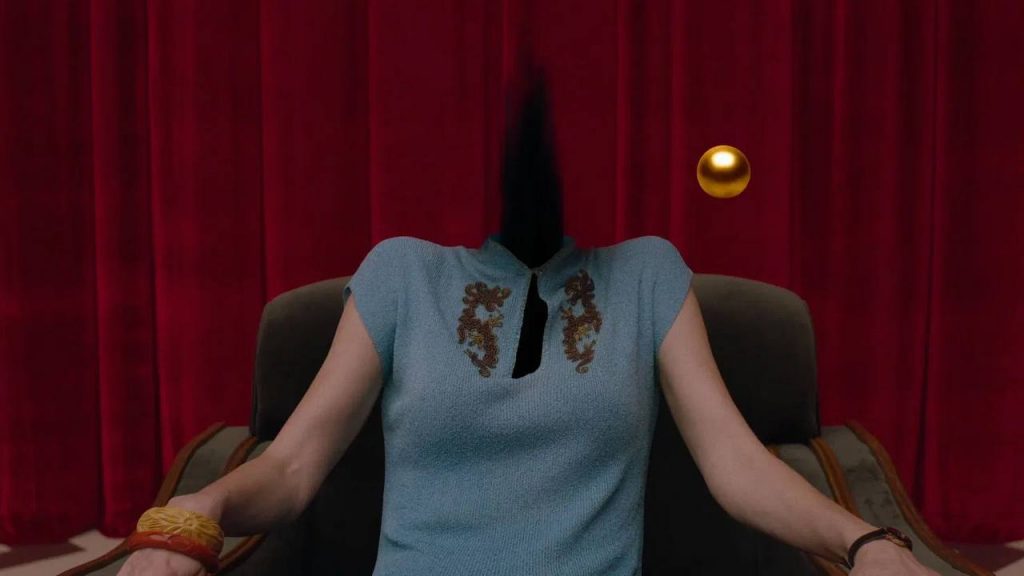As children, many people make imaginary friends, talk to stuffed animals, and even believe in the existence of ghosts. As we grow older, we accumulate knowledge about the world, filling in the gaps with new facts; which often leaves no stone unturned in our beliefs.
Admittedly, such a magical thought greatly stimulated his imagination. It is no coincidence that in moments of loneliness and creative crisis we resort to various practices and professional techniques that partially remind us of the daily life of our childhood. One of them is to create a tulpa.
What is a “tulpa”? What do a tulpa and an imaginary friend have in common? Can a tulpa cause harm and is it worth creating one? Can a tulpa go crazy? So in what situations is the help of a psychologist needed?
Psychologist, psychic medium and profiler Miroslava Bush answered these questions exclusively for The Fashion Vibes. She explained where the concept of “tulpa” comes from in psychology and whether imaginary friends are dangerous for the soul.

Miroslava Bush, esotericist, psychologist and profiler
Disclaimer: This article is for informational purposes only and does not require mastering the practice of tulpamansia or creating a tulpa. Readers are advised to approach this issue consciously and seek the advice of a professional in the field of psychology or psychiatry before taking any steps in this direction. The Fashion Vibes editors are not responsible for decisions made by readers based on the information presented in the article and warn about the possibility of negative consequences when attempting to create or interact with a tulpa.
What is a “tulpa”?

Many people know tulpas from the TV series Twin Peaks, but this concept, which comes from mysticism and esotericism, has become increasingly common in psychology. So in order.
Tulpa is a term that comes to us from Tibetan culture; here it actually meant “a materialized idea or object” capable of assuming physical form.
Today this concept is used by psychologists, but already in the sense of an imaginary friend for the company or an assistant in creative processes. In other words, a tulpa is a being or entity that is created in a person’s imagination and thus appears real. However, some people perceive the tulpa as an independent entity with its own thoughts and feelings.
Can a tulpa be harmed?

Creating a tulpa requires significant mental focus and emotional commitment. In some cases, this can lead to psychological problems:
– Disappearance of the boundary between reality and fiction. Intense interaction with a tulpa can make it difficult to separate the inner world from the outer world.
– Dependence. Some may become emotionally dependent on their tulpa, making it difficult to form true social connections.
– Increasing loneliness. Instead of seeking support and connection in the real world, the person may become even more isolated.
– Mental disorders. In rare cases, intense interaction with a tulpa can trigger or worsen mental disorders.
If you find that your interaction with your tulpa is starting to interfere with your daily life, you should seek advice from a psychologist. Although there is no specific “test” to diagnose mental health, a psychologist may use a variety of testing and assessment techniques.
What to do to avoid going crazy?

First of all, you need not to panic and rationalize your emotions. Tulpas can be an interesting phenomenon in the study of consciousness and imagination, but it is important to be aware of the potential risks. First of all, let me emphasize that mental health should be prioritized and that any experiments related to consciousness should be carried out carefully and under expert supervision.
Here is a mini note that will be useful for those who want to “create a tulpa”.
— Keep your balance. It is important to maintain a balance between the inner world and external reality.
— Develop real social connections. Communicating with real (not imaginary!) people helps maintain emotional health.
— Introspection. Be alert to changes in your behavior and emotional state.
— Professional help. If problems arise, do not hesitate to ask for help from experts.
A tulpa can be a source of comfort and even creativity, but it becomes a source of concern when interactions with an imaginary friend begin to impact a person’s ability to function in daily life. The main thing in this situation is to be aware of the situation and stay in control so that the tulpa does not move from the category of helper to the category of potential problem.
Why do people create tulpas in the first place?
Typically a tulpa is created to avoid loneliness or to stimulate the creative process. Moreover, the duration of a tulpa’s action is limited in time: as soon as it fulfills the role of an inanimate object or an imaginary person, it either self-destructs, or its creator himself “says goodbye” to the tulpa according to a scenario prepared by him. appeared (for example, the tulpa dissolves into thin air).
In order not to lose touch with reality, people who are interested in esoteric practices, psychology and personal development need to regularly be aware of their actions. Ask yourself these questions: “Why did I create a tulpa?” and “What is his/her role in my life?” This will help you understand the reasons and possible psychological needs the tulpa satisfies.
Consider the impact your tulpa has on your life. If your interactions with your tulpa are interfering with your work, school, family relationships, or social life, it’s time to consider reducing (or stopping) those interactions.
Tulpa is not a substitute for therapy. Working with a therapist can help you understand your reasons for creating a tulpa and develop strategies to improve your overall psychological health.
When should you consult a psychologist?

Simple. If you are experiencing anxiety, stress, depression, or other negative emotions that may be associated with your tulpa, do not hesitate to reach out to a professional.
Psychological help is needed in the following cases:
– Tulpa begins to “control you”. If an imaginary friend starts dictating how you live and what you do, consider this a red flag.
– You feel that your mental health is deteriorating. Any change in your mood or thinking, especially if it is negative, requires attention.
– You worry about the reality of your imaginary friend. For example, the tulpa starts dictating you to do something bad.
Remember that any application is a double-edged sword. It helps some, but only harms others. It’s one thing to create an imaginary friend for yourself and control it like a tool, but it’s another thing to replace reality with hallucinations that you can’t control. In this case, it may be a symptom of a mental health disorder such as schizophrenia.
One only has to remember the movie “A Beautiful Mind,” starring Russell Crowe, who plays real-life economist and Nobel laureate John Nash, who, due to schizophrenia, is convinced of the existence of an imaginary neighbor friend.
Source: People Talk
Errol Villanueva is an author and lifestyle journalist who writes for The Fashion Vibes. With a passion for exploring the latest trends in fashion, food, travel, and wellness, Errol’s articles are a must-read for anyone interested in living a stylish and fulfilling life.





